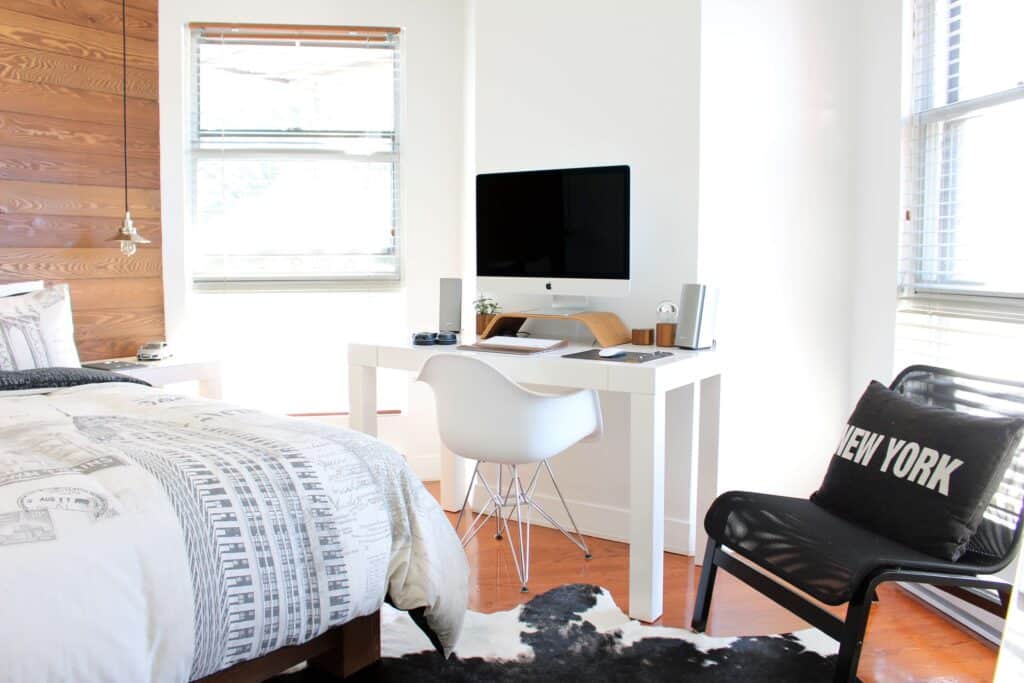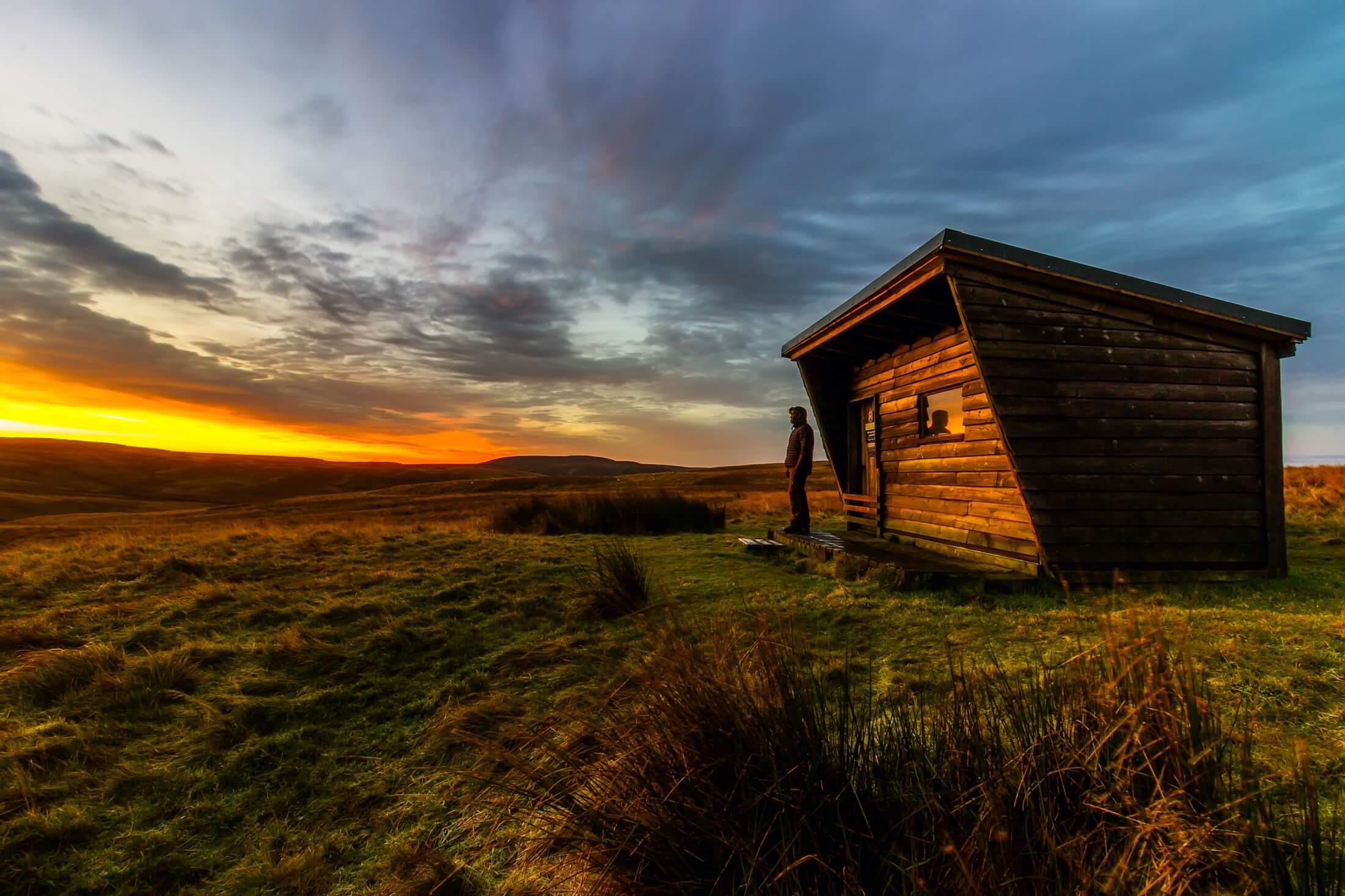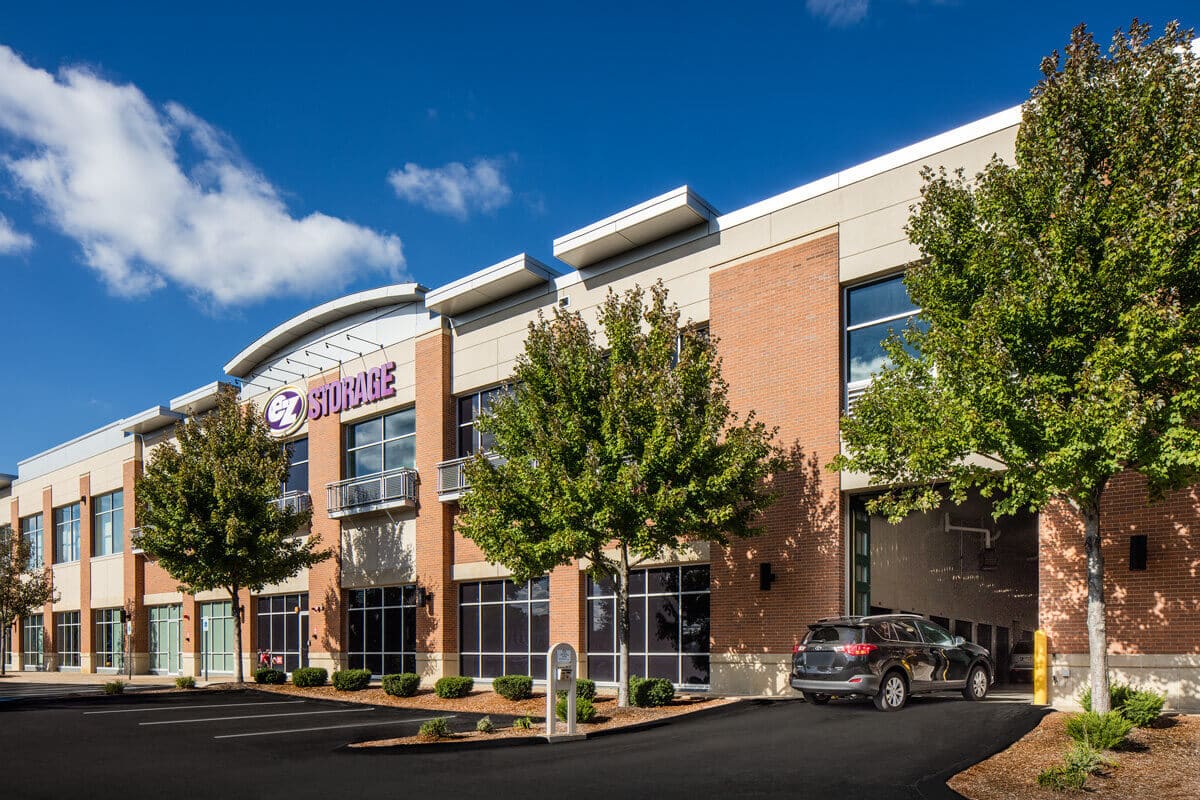Living in a Tiny Home
What Life is Like in a Tiny Home
When most homeowners think of downsizing, it is usually after the kids have gone to college and they are left with more rooms than they need. Downsizing means moving from a five bedroom home to a townhouse or condo. But now there is a new trend for a smaller space that attracts those living on their own or couples that enjoy a simple life with the ability to move whenever they’d like freeing up their time needed to work or take care of a large home. This new trend is the tiny house.
One size doesn’t fit all
Typically, when you choose where to live you have to consider the type of lifestyle you have or want. Opting for a home with no exterior maintenance will likely lead you in the direction of a townhome or condo where the property managers take care of the exterior and grounds. Having less upkeep gives you more time to work, play and travel.
Families with children may find a single family home better fits their lifestyle to provide room to spread out and a yard to play. Owning a single family home may also give you the flexibility to entertain guests, work on hobby projects like collectible cars or woodworking, or just have room for storage.
Location is also a consideration when you look for a home. Some love being close to lively urban areas, while others want as much quiet as possible in the outer limits of a city. Others value neighborhoods where neighbors can gather easily and streets are pedestrian friendly.

People who choose to live in a tiny home typically want to escape the ‘work to live’ cycle so they have the opportunity to travel or spend time on hobbies or volunteering. They may also be concerned with the environmental and financial impacts of owning a single family home. A tiny home can cost as little as $10,000 or as much as $80,000 depending on the size and materials. To save on building costs, many tiny home owners have built their own homes.
The tiny house doesn’t fit every lifestyle. On average, tiny houses aren’t much larger than 100 to 400 square feet. The small footprint is great for one or two people to comfortably live in the dwelling, but doesn’t afford storage for many personal and household belongings.
Many tiny homes feature convertible spaces where living rooms also serve as dining rooms and bedrooms. Some tiny homes have a lofted area for sleeping. With the right design a tiny home can offer nearly every comfort of a single family home without the high price tag.
Tiny houses on the move
When you own a tiny house, expect to move more frequently as permanent homesteading a tiny home is often difficult. Zoning laws often have restrictions on types of structures that can inhabit a lot on a temporary or permanent basis. If owning land isn’t part of your plan be prepared to keep moving.
There are quite a few tiny home owners that build their home in a friend’s backyard where allowed but this makes it difficult to move the tiny home and can leave you in a tough spot if the home changes owners. If you desire to affix your tiny home on a trailer you’ll have a much easier time being mobile, and have the option to use it recreationally.
Some communities are more welcoming to tiny home owners and allow permanent building of the structures on residential land. Other cities have communities of tiny homes, much like a mobile home park provides. These tiny house villages are great for connecting with other like-minded people that reflect your small living values.
Living small without a tiny house
Even if you don’t want to build a tiny house or desire a home on wheels, an existing smaller home might fit your living small lifestyle. Many older homes built prior to the 1960’s offer small floor plans with as little as one or two bedrooms, small closets, kitchen and bathrooms. There are older homes in New England that are perfect for tiny house living that are much smaller than homes required by present-day zoning minimums.
If you choose to live small you will notice you have less room to store infrequently used or seasonal items. Find a nearby storage facility to store bikes, motorcycles or outdoor furniture in the winter or shovels and snow gear in the summer. You’ll find it’s a cost effective way to retain the items you value without sacrificing precious space in your home for everyday living. Some storage units are no larger than a walk in closet and might be just the right complement to your tiny home lifestyle. Learn more about the small and large unit sizes offered at EZ Storage here.



